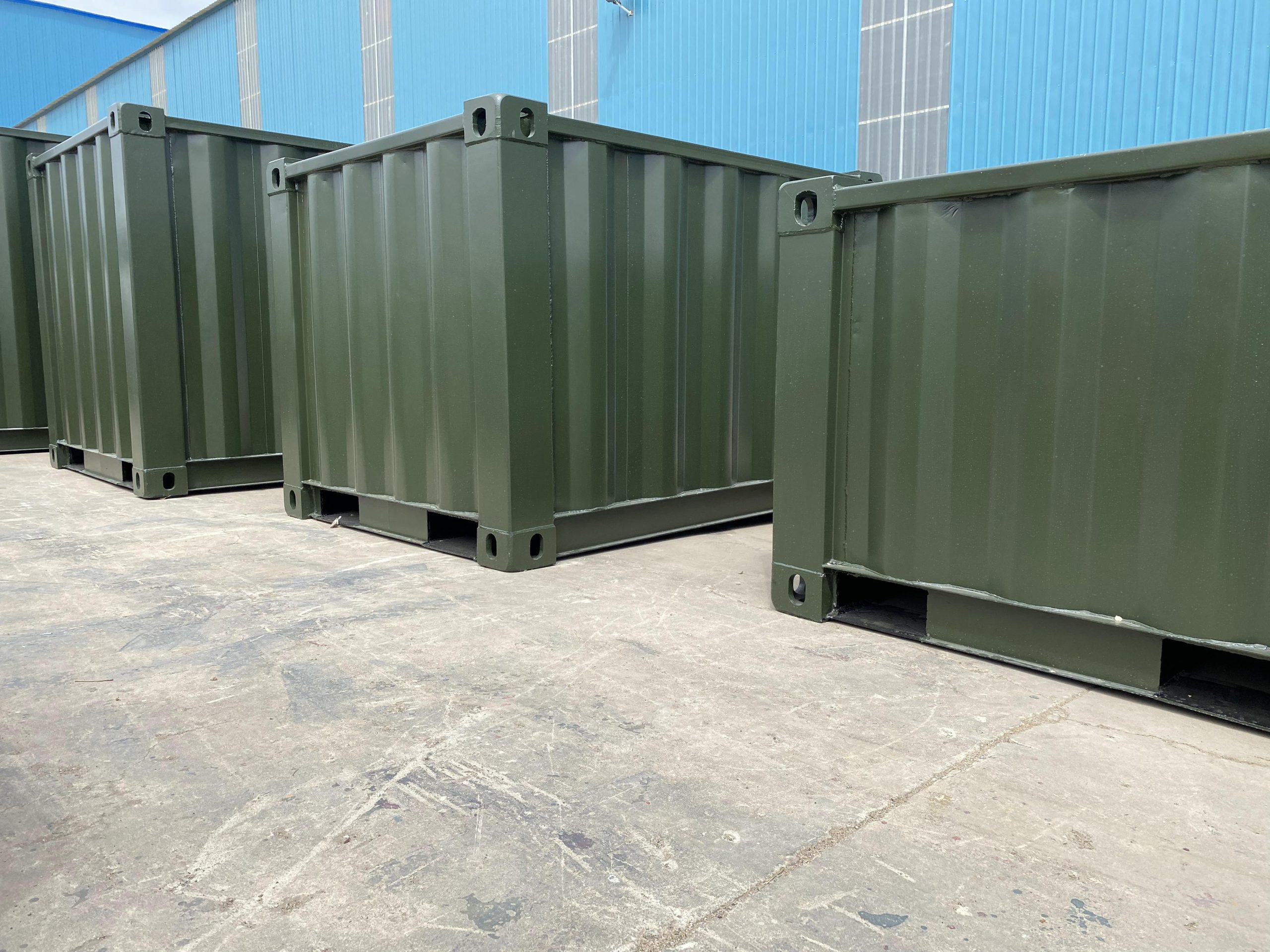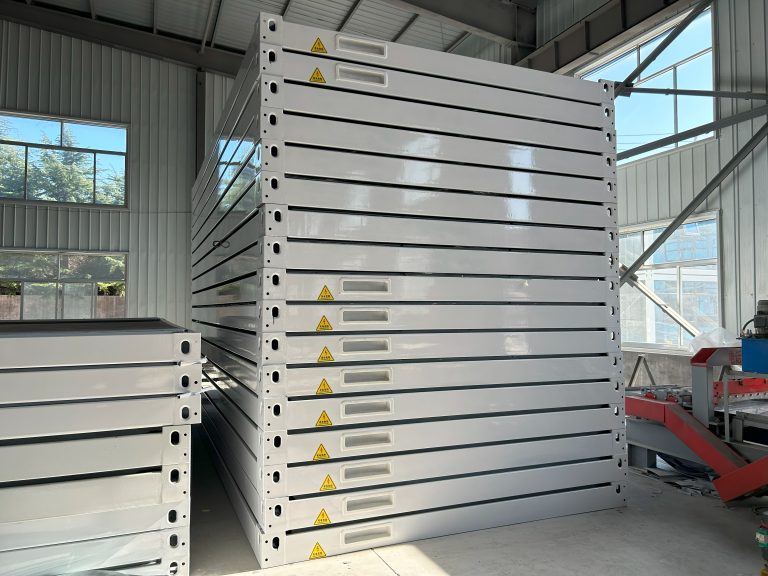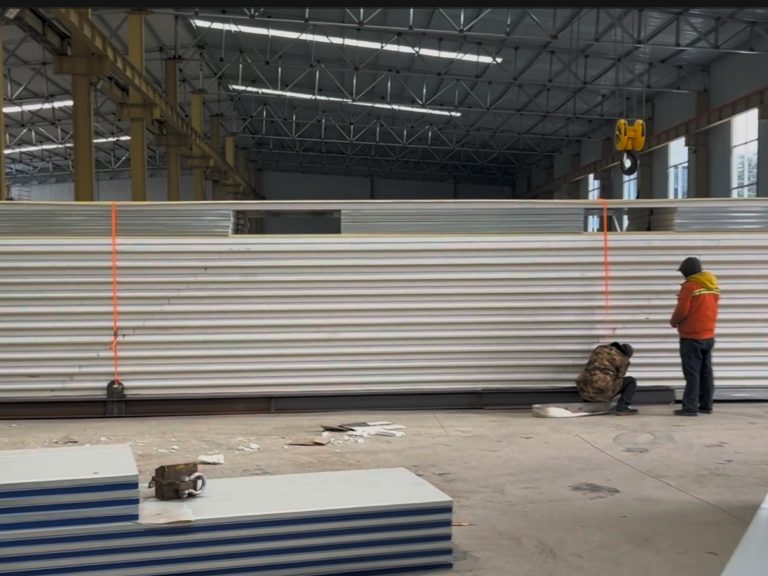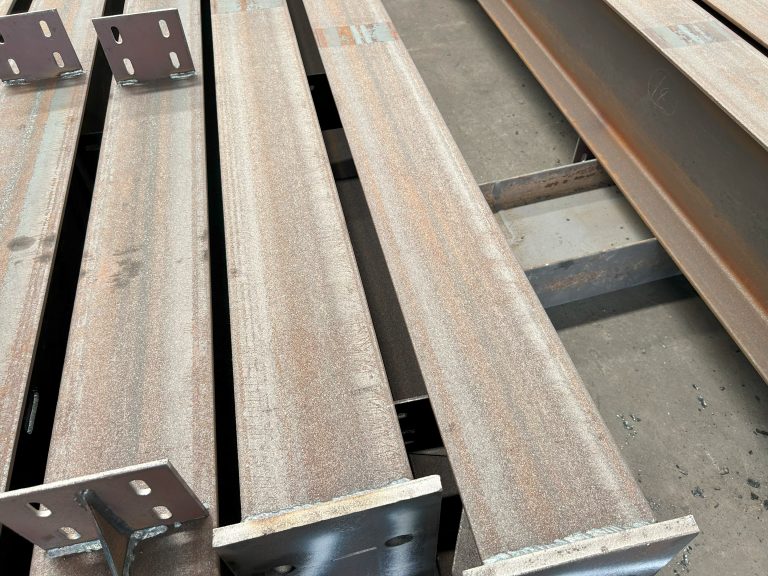The innovative application and prospect of steel structure in agricultural facilities such as greenhouses and livestock farms.
Table of Contents
Benefits of Using Steel Structures in Greenhouses
Steel structures have long been used in various industries for their durability, strength, and versatility. In recent years, the agricultural sector has also started to embrace the use of steel structures in facilities such as greenhouses and livestock farms. The innovative application of steel structures in these agricultural facilities has brought about numerous benefits, making them a popular choice among farmers and agricultural businesses.
One of the key benefits of using steel structures in greenhouses is their durability. Steel is known for its strength and resilience, making it an ideal material for withstanding the harsh environmental conditions that greenhouses are exposed to. From extreme weather conditions to pests and diseases, steel structures provide a sturdy and reliable framework that can protect crops and plants effectively.
In addition to durability, steel structures also offer flexibility in design and construction. Greenhouses come in various shapes and sizes, depending on the specific needs of the crops being grown. Steel structures can be easily customized to accommodate different layouts and configurations, allowing farmers to optimize the use of space and resources in their greenhouse facilities. This flexibility in design also makes it easier to expand or modify the greenhouse in the future, as the needs of the farm evolve.
Furthermore, steel structures are quick and easy to assemble, reducing construction time and costs significantly. Prefabricated steel components can be manufactured off-site and then assembled on-site, saving time and labor compared to traditional construction methods. This efficiency in construction not only speeds up the process of building a greenhouse but also minimizes disruptions to farm operations, allowing farmers to start growing crops sooner.
Another advantage of using steel structures in greenhouses is their low maintenance requirements. Steel is a low-maintenance material that is resistant to rust, corrosion, and decay, making it a cost-effective choice for agricultural facilities. With minimal upkeep, farmers can focus on tending to their crops and maximizing their yield, rather than spending time and resources on maintaining the structure of the greenhouse.
Moreover, steel structures are environmentally friendly and sustainable. Steel is a recyclable material that can be reused and repurposed, reducing waste and minimizing the environmental impact of agricultural operations. By choosing steel structures for their greenhouses, farmers can contribute to a more sustainable and eco-friendly farming industry.
In conclusion, the innovative application of steel structures in agricultural facilities such as greenhouses offers numerous benefits to farmers and agricultural businesses. From durability and flexibility in design to efficiency in construction and low maintenance requirements, steel structures provide a reliable and cost-effective solution for protecting crops and plants. With their environmental sustainability and long-term durability, steel structures are poised to play a significant role in the future of agriculture, helping farmers to improve productivity and sustainability in their operations.
Advantages of Steel Structures in Livestock Farms
Steel structures have long been utilized in various industries for their durability, strength, and versatility. In recent years, the agricultural sector has also recognized the benefits of using steel structures in facilities such as greenhouses and livestock farms. The innovative application of steel structures in these agricultural facilities has revolutionized the way farmers operate and has opened up new possibilities for increased efficiency and productivity.

One of the key advantages of using steel structures in livestock farms is their durability. Steel is a strong and long-lasting material that can withstand harsh weather conditions, heavy loads, and constant use. This makes it an ideal choice for buildings that house livestock, as it provides a safe and secure environment for animals to thrive. Additionally, steel structures are resistant to pests, mold, and rot, which can be common issues in traditional wooden structures. This means that farmers can save time and money on maintenance and repairs, allowing them to focus on other aspects of their operations.
Another benefit of steel structures in livestock farms is their flexibility and customization options. Steel can be easily shaped and molded to fit the specific needs of a farm, whether it be for housing animals, storing feed and equipment, or providing shelter for workers. This flexibility allows farmers to design and construct buildings that are tailored to their unique requirements, maximizing space and efficiency on their farms. Additionally, steel structures can be easily expanded or modified as needed, providing farmers with the flexibility to adapt to changing circumstances and grow their operations over time.
In addition to their durability and flexibility, steel structures also offer cost savings for farmers in the long run. While the initial investment in steel structures may be higher than traditional building materials, such as wood or concrete, the long-term benefits far outweigh the upfront costs. Steel structures require minimal maintenance and repairs, reducing ongoing expenses for farmers. Additionally, steel buildings are energy-efficient, providing better insulation and reducing heating and cooling costs throughout the year. This can result in significant savings on utility bills and contribute to a more sustainable and environmentally friendly operation.
Furthermore, steel structures in livestock farms can improve overall farm management and productivity. With the ability to customize buildings to suit specific needs, farmers can create efficient layouts that streamline daily operations and optimize workflow. This can lead to increased productivity, reduced labor costs, and improved animal welfare. Steel structures also provide a clean and hygienic environment for livestock, reducing the risk of disease and improving overall health and well-being. By investing in steel structures, farmers can create a more efficient and sustainable operation that benefits both their bottom line and the welfare of their animals.
In conclusion, the innovative application of steel structures in agricultural facilities such as greenhouses and livestock farms offers numerous advantages for farmers. From increased durability and flexibility to cost savings and improved productivity, steel structures have the potential to revolutionize the way farmers operate and contribute to a more sustainable and efficient agricultural sector. By embracing steel structures, farmers can create a modern and efficient operation that meets the demands of today’s agricultural industry and sets the stage for future growth and success.







